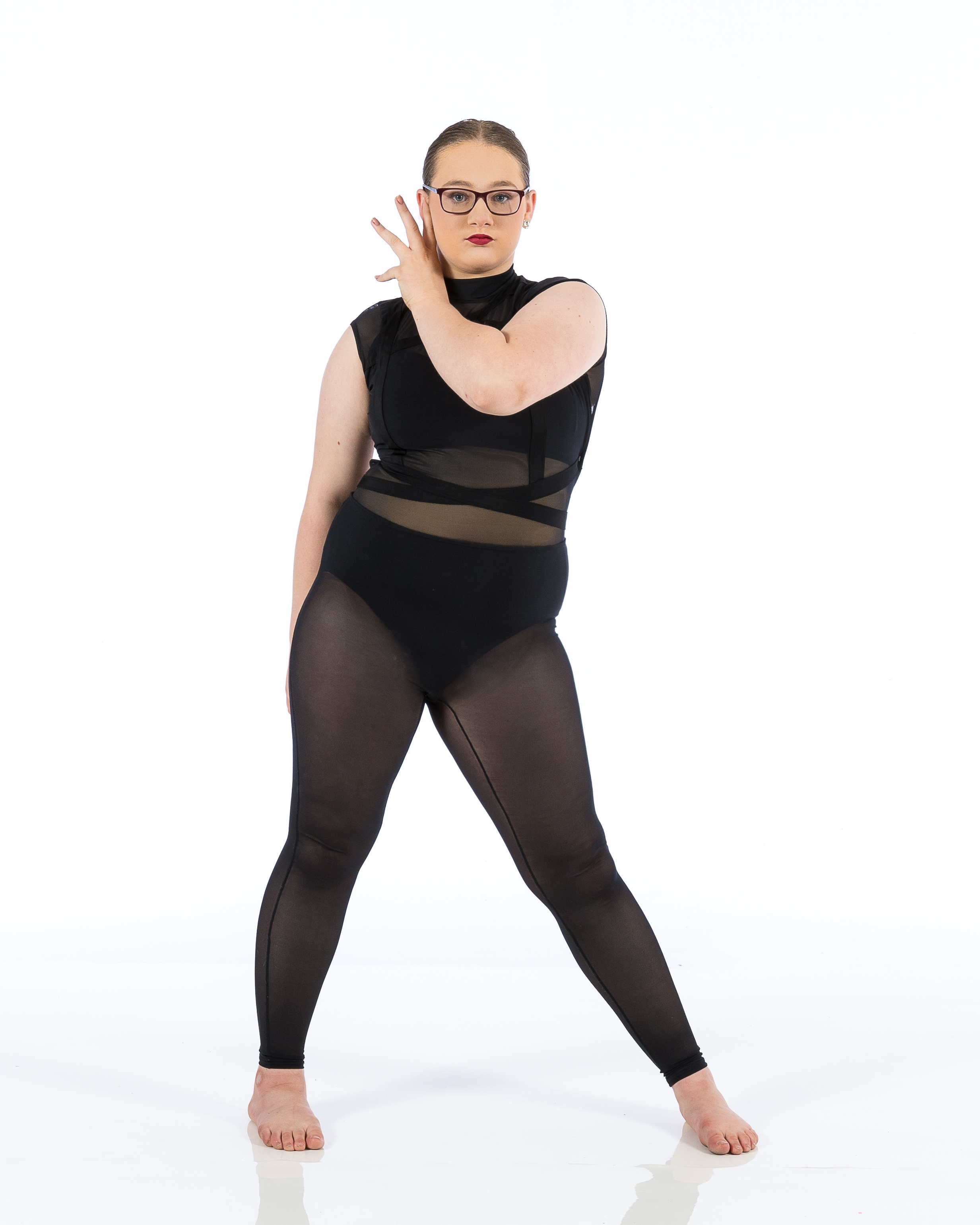Introduction
In an art form as physically demanding and expressive as dance, the importance of ergonomics cannot be overstated. Ergonomics in the Dance Studio: Setting Up for Success encompasses not only the physical layout of the studio but also how dancers interact with their environment. This article delves into the multifaceted world of dance studio ergonomics, discussing how to create an environment that enhances performance while minimizing injury risk.
Understanding Ergonomics in Dance
What is Ergonomics?
Ergonomics is the scientific discipline concerned with understanding interactions among humans and other elements of a system. The goal is to optimize human well-being and overall system performance. In a dance studio, this means creating a space where dancers can flourish while reducing strain on their bodies.
Why Does Ergonomics Matter in Dance?
Dance is not just an art; it’s a physical activity that involves repetitive movements, which can lead to injuries if not done correctly. Proper ergonomic practices can enhance performance, improve safety, and increase overall enjoyment of dance. By focusing on ergonomics, studios can foster healthier dancing habits.
Setting Up Your Dance Studio: Key Considerations
1. Space Layout
How Should You Arrange Your Dance Studio?
The layout of your dance studio should prioritize clear pathways and defined areas for different activities—such as warming up, rehearsing, and cooling down.
- Open Floorspace: Ensure that the main area has sufficient space for movement without obstructions. Mirrors: Strategically place mirrors to allow dancers to observe their form without crowding. Barres: Install barres at an appropriate height to accommodate various dancer heights.
2. Floor Surface
What Type of Flooring is Best for Dancers?
Choosing the right flooring is crucial in preventing injuries:
- Floating Floors: These absorb shock and reduce impact on joints. Sprung Floors: They provide some elasticity while maintaining stability—ideal for ballet and modern dance.
| Flooring Type | Advantages | Disadvantages | |---------------|------------|----------------| | Hardwood | Durable | Can be hard on joints | | Marley | Excellent grip | Requires maintenance |
3. Lighting Conditions
How Important is Lighting in a Dance Studio?
Proper lighting improves visibility and sets the mood for classes:
- Use bright yet soft lighting to prevent glare. Consider natural light sources when possible.
Equipment Essentials for Ergonomics
4. Dance Barres: The Foundation of Movement
Why Are Barres Important?
Barres support dancers during warm-ups website and exercises:
- Ensure they are height-adjustable. Check that they are securely mounted to avoid accidents.
5. Mirrors: A Double-Edged Sword?
Are Mirrors Beneficial or Detrimental?
Mirrors help dancers correct their technique but can also cause body image issues:
- Encourage positive self-talk among students. Balance mirror use with other feedback methods.
Health & Safety Protocols in Dance Studios
6. Injury Prevention Strategies
What Can Be Done to Prevent Injuries?
Incorporating preventive measures will save time and health:
Warm-Up Sessions Cool Down Activities Personal Health Assessments7. First Aid Readiness
Is Your Studio Prepared for Emergencies?
Having a first aid kit readily available is essential:
- Regularly check supplies. Train staff in basic first aid practices.
Physical Conditioning: Strengthening Dancers
8. Cross-Training Importance
Why Should Dancers Cross-Train?
Cross-training helps build strength while preventing overuse injuries:
Incorporate Pilates or yoga sessions into the schedule. Use resistance training tailored for dancers.9. Flexibility Routines: Stretching Safely
How Do You Create Effective Stretching Programs?
Stretching routines should focus on major muscle groups commonly used in dance:
- Hamstrings Quadriceps Calves
Mental Well-being in Dance Studios
10. Creating a Positive Environment
How vital is mental health awareness?
Fostering a supportive atmosphere encourages creativity and reduces anxiety:
Open Communication Channels Regular Feedback Sessions11: Mindfulness Practices
How Can Mindfulness Benefit Dancers?
Incorporating mindfulness techniques can improve focus and reduce stress:
- Meditation sessions before class Breathing exercises during rehearsals
12: Nutrition's Role in Performance
How does nutrition affect a dancer’s performance?
Nutrition plays a significant role in energy levels and recovery times:
Balanced Diet Guidelines Hydration Importance13: Importance of Rest Days
Why Are Rest Days Essential?
Rest days are crucial for muscle recovery and mental refreshment:
- Schedule regular off-days Educate dancers about active recovery options
14: Collaborating with Professionals
Should You Consult Experts?
Engaging professionals such as physiotherapists or nutritionists enhances dancer longevity:
Identify trusted local professionals Offer workshops or consultations within your studioFAQs About Ergonomics in Dance Studios
15: What are common injuries faced by dancers?
Common injuries include sprains, strains, tendonitis, and stress fractures due to repetitive motions or improper techniques.
16: How often should I replace my studio flooring?
It depends on usage; however, high-intensity studios may need new flooring every 5–10 years.

17: What equipment do I need for beginner dancers?
Basic equipment includes mats, barres, mirrors, and appropriate footwear designed specifically for each dance style.
18: How can I promote healthy eating among my students?
Host nutrition workshops that educate students about balanced diets tailored for dancers’ needs.
19: What should be included in a warm-up routine?
A good warm-up routine includes dynamic stretches targeting major muscle groups used during class followed by specific movements relevant to the day’s focus.
20: Is it necessary to have mirrors installed?
While mirrors are beneficial for technique correction, consider alternative feedback methods like verbal cues or peer observations if body image concerns arise.
Conclusion
Creating an ergonomic environment within your dance studio isn’t merely about avoiding injuries; it's about cultivating an atmosphere where creativity flourishes alongside physical wellness. From optimal floor surfaces to effective cross-training programs, every element contributes to setting your dancers up for success both artistically and athletically.
By focusing on ergonomics, you're not just enhancing performance; you're investing in your dancers' futures—ensuring they have long-lasting careers filled with joy rather than injury-induced limitations! So take these insights into account as you design or refine your dance studio space—you'll find that both instructors and students benefit immensely from these thoughtful considerations around ergonomics!